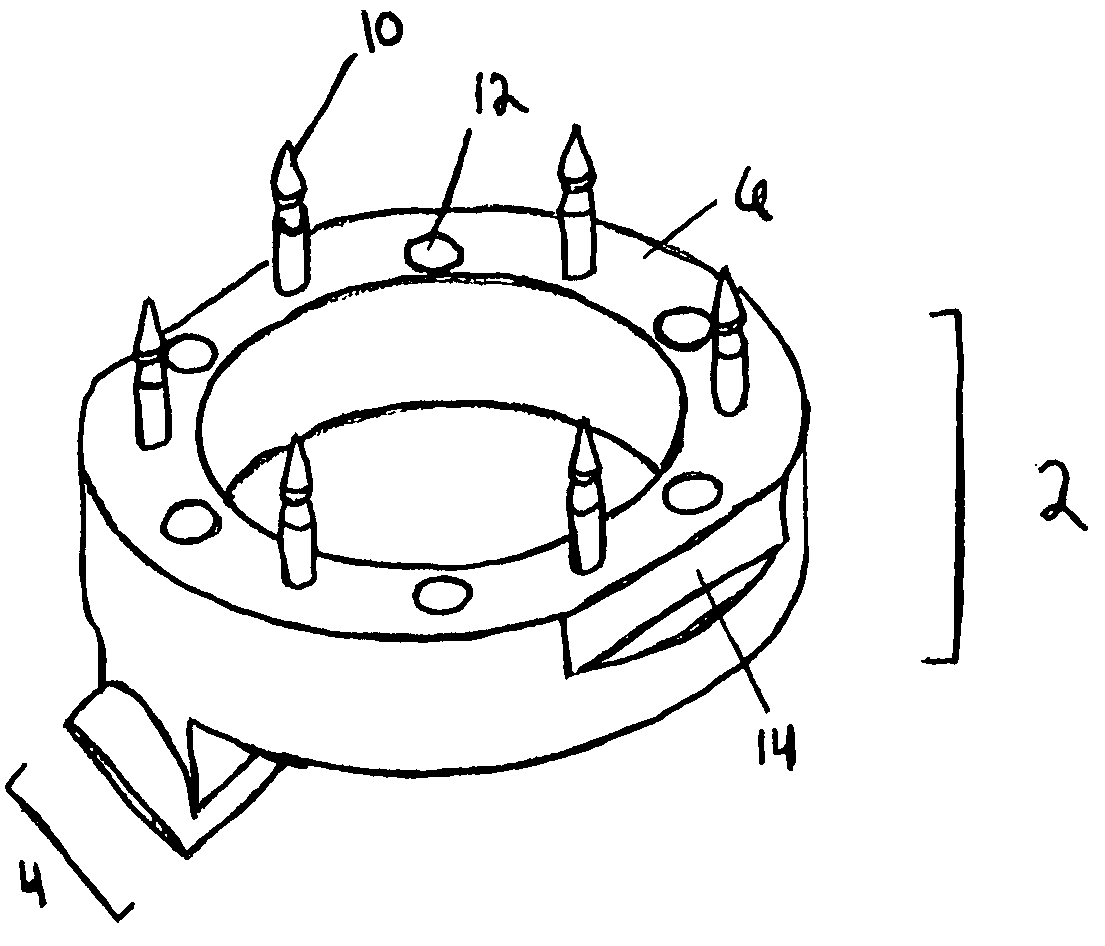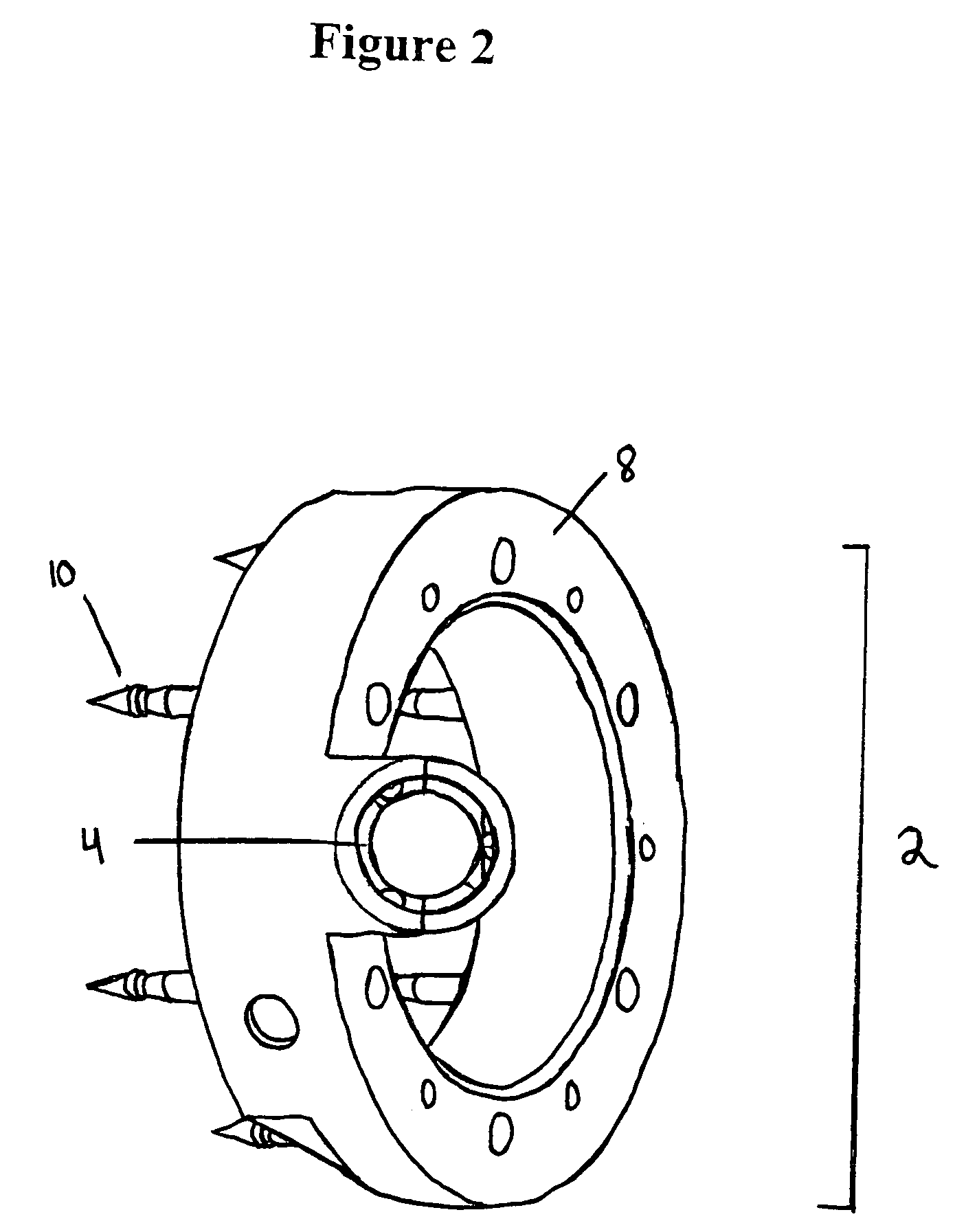Device and method for vascular monitoring
- Summary
- Abstract
- Description
- Claims
- Application Information
AI Technical Summary
Benefits of technology
Problems solved by technology
Method used
Image
Examples
Embodiment Construction
[0035]The invention further provides a method of preparing and a method of using a coupler and sensing device combination of the type disclosed, including a system that includes either a coupler and / or sensing device adapted to be positioned together, as well as various other components, such as an insertion tool adapted to position the sensing device within the coupler.
[0036]The predictable, and predetermined orientation of a sensing device, as permitted by the combination device, permits a variety of new methods and opportunities in the course of its use. For instance, in a particularly preferred embodiment, a combination of this invention is particularly well suited to permit the Doppler sensing device to perform a technique referred to herein as “flow / velocity trend analysis”, in which various aspects concerning blood flow within a vessel can be monitored and recorded in order to provide a baseline for objective comparison with later-collected data. That baseline can be provided...
PUM
 Login to View More
Login to View More Abstract
Description
Claims
Application Information
 Login to View More
Login to View More - R&D
- Intellectual Property
- Life Sciences
- Materials
- Tech Scout
- Unparalleled Data Quality
- Higher Quality Content
- 60% Fewer Hallucinations
Browse by: Latest US Patents, China's latest patents, Technical Efficacy Thesaurus, Application Domain, Technology Topic, Popular Technical Reports.
© 2025 PatSnap. All rights reserved.Legal|Privacy policy|Modern Slavery Act Transparency Statement|Sitemap|About US| Contact US: help@patsnap.com



